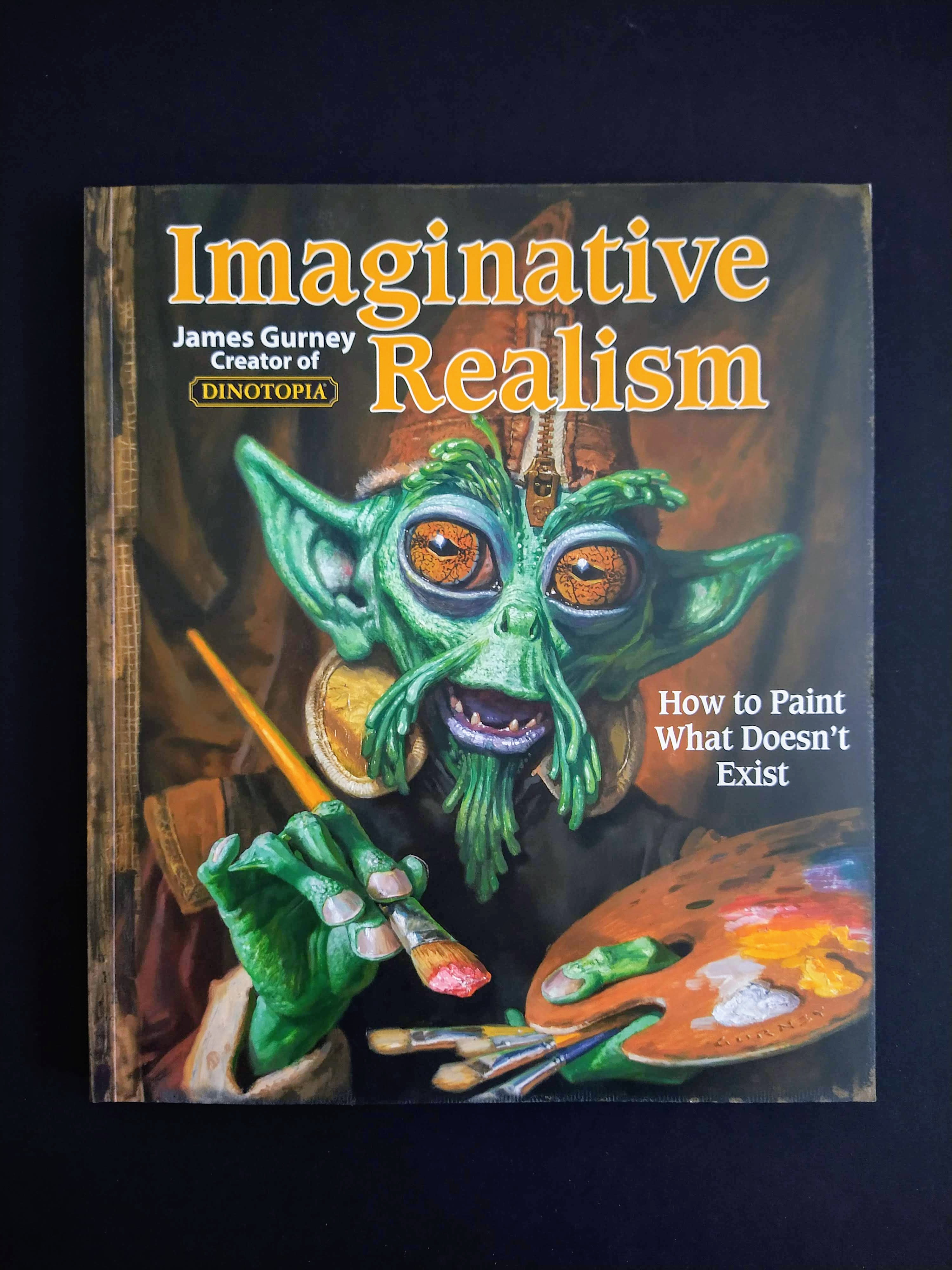
On his blog, he talks about his work, art theories, insights and news from the creative field. Highly recommended to professionals, beginning art students and those who wish to push their art to the next level in terms of depth.īe sure to check out more work and writing from James Gurney at. Imaginative Realism is an enlightening and fun read. You'll get to see how he stages the props for reference, sketches and drafts, plenty of commissioned work (especially from National Geographic), the bird on his shoulder while he's drawing, the lousy-art incinerator he created from mirrors and other entertaining stuff.

He has provided lots of photos and his own work in the book. The revised concept is a huge improvement in believability that I thought it actually might work. There's lack of heat protection for the dinosaur, lack of understanding on how water hose works and a complicated water pump design. When he presented his concept art to a professional fire engine designer, it was critiqued to have form but not function.

The same goes for many of his other paintings.Īnother interesting read is the story of him trying to design a Dinotopian fire engine. The result is a painting that tells its story convincingly. He also acted out the various poses of sailors in distress, rather than drawing them from imagination. He found out there's a drummer boy who used his drum as a float and drew that in. While creating an illustration on ship wreckage for National Geographic, he talked to survivors to get an accurate account. The importance of research is emphasized and the amount of research he does really shows. The tips he gives can be applied on other subjects as well. There are topics on people, dinosaurs, architecture, vehicles, composition and his step-by-steps (not techniques but process). In every chapter, James Gurney shares with us what he learned when creating his paintings. If you haven't got the hint from the title, this book is about making your art real and believable. What this book contains is a distillation of the time-tested methods that I've found to be most helpful for achieving realism in imaginative pictures. It's also not a recipe book for a particular paint technique, although all these topics are addressed in passing. It's not a step-by-step guide on how to draw dinosaurs.

This is not a book about figure drawing, anatomy, or perspective. Here's what he says about his own book from the introduction:

He dispenses his knowledge as freely as he does on his blog. If you are a regular reader of James Gurney's blog, Gurney Journey, you would expect nothing less.


 0 kommentar(er)
0 kommentar(er)
